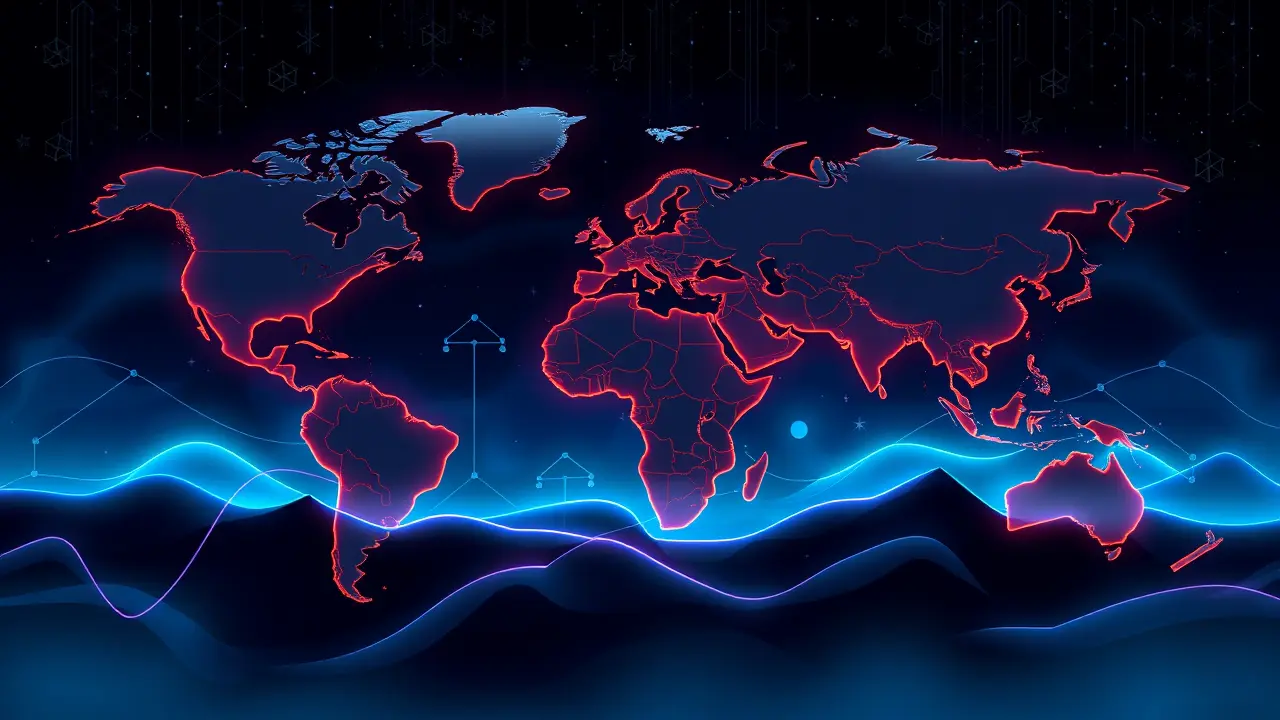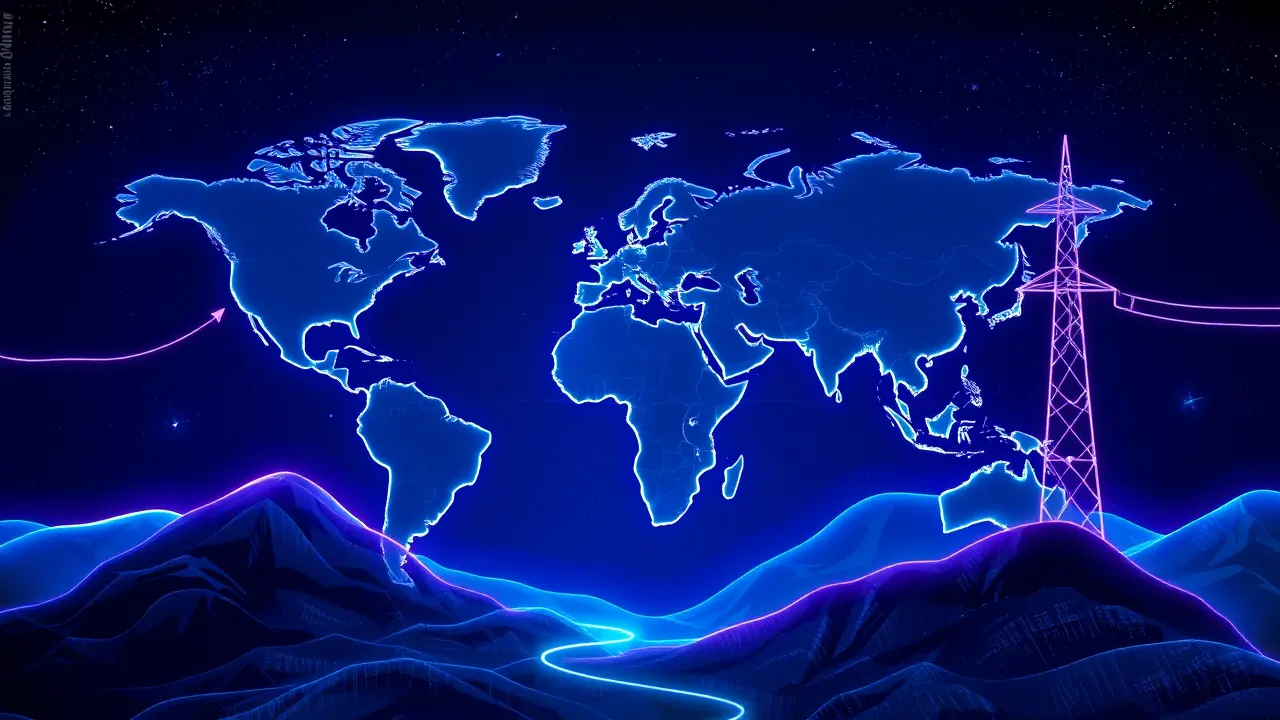
FinancemacroeconomyGDP Reports
Reexamining the German Economic Miracle After WWII
RO
Robert Hayes
1 week ago7 min read1 comments
The narrative of the German Wirtschaftswunder, that phoenix-like ascent from the smoldering ruins of 1945, has long been a cornerstone of post-war historiography, a comforting tale of resilience and free-market triumph. Yet, two provocative new volumes are compelling a fundamental reexamination of this foundational myth, forcing us to confront a more complex and less palatable reality.The central, haunting question they pose is not merely how West Germany recovered, but why its revival after the Second World War was so profoundly more successful than its stuttering, ultimately catastrophic, recovery following the First—a divergence that holds critical lessons for our own era of geopolitical fracture. The conventional account, one I've often dissected in parallels to post-Cold War transitions, credits Ludwig Erhard’s 1948 currency reform and the social market economy as the primary engines of the miracle, a testament to the power of ordoliberal principles.However, these new analyses, steeped in archival rigor, argue that this is a dangerously incomplete picture. They posit that the Allied occupation, particularly the Marshall Plan, was less a straightforward injection of capital and more a strategic framework that enforced a radical break from the past—a 'year zero' that, for all its initial hardship, proved more beneficial than the punitive, politically toxic reparations of the Versailles Treaty.Where the Weimar Republic was shackled by debt and national humiliation, fostering the very resentment that Hitler would so masterfully exploit, the Federal Republic was, paradoxically, granted a form of clemency through its division and the looming threat of Soviet expansionism. The Cold War context is impossible to overstate; a rehabilitated West Germany was not merely an economic project for the Americans, but a vital geostrategic bulwark.This created a permissive environment for the very policies that had failed in the 1920s. Furthermore, these scholars delve into the uncomfortable socio-psychological dimensions: the collective exhaustion with ideology after the nihilism of the Nazi regime created a populace uniquely focused on pragmatic reconstruction, a stark contrast to the volatile political passions that tore the Weimar Republic apart.The legacy of the Third Reich’s industrial policy, however monstrous its purpose, had also left a residual base of technical expertise and managerial experience that could be rapidly repurposed for peaceful export-led growth. In drawing a historical parallel, one might compare it to the reconstruction of Japan under MacArthur—another imposed stability that yielded an economic powerhouse.The consequences of getting this history right are immense. It suggests that successful national recovery is less about a single policy silver bullet and more about a confluence of factors: geopolitical necessity, a clean financial slate, and a societal willingness to sublimate political ambition for material stability.As we observe modern nations grappling with post-conflict rebuilding or economic collapse, the German case ceases to be a simple miracle and becomes a intricate, and perhaps unrepeatable, alignment of historical forces. The true lesson of the Wirtschaftswunder may be that the most durable foundations for prosperity are often laid amidst the most profound ruins, but only when the international order is configured to permit, rather than punish, a nation's return.
#editorial picks news
#German Economic Miracle
#Wirtschaftswunder
#post-war recovery
#economic history
#West Germany
#GDP growth
Stay Informed. Act Smarter.
Get weekly highlights, major headlines, and expert insights — then put your knowledge to work in our live prediction markets.
Related News
© 2025 Outpoll Service LTD. All rights reserved.














